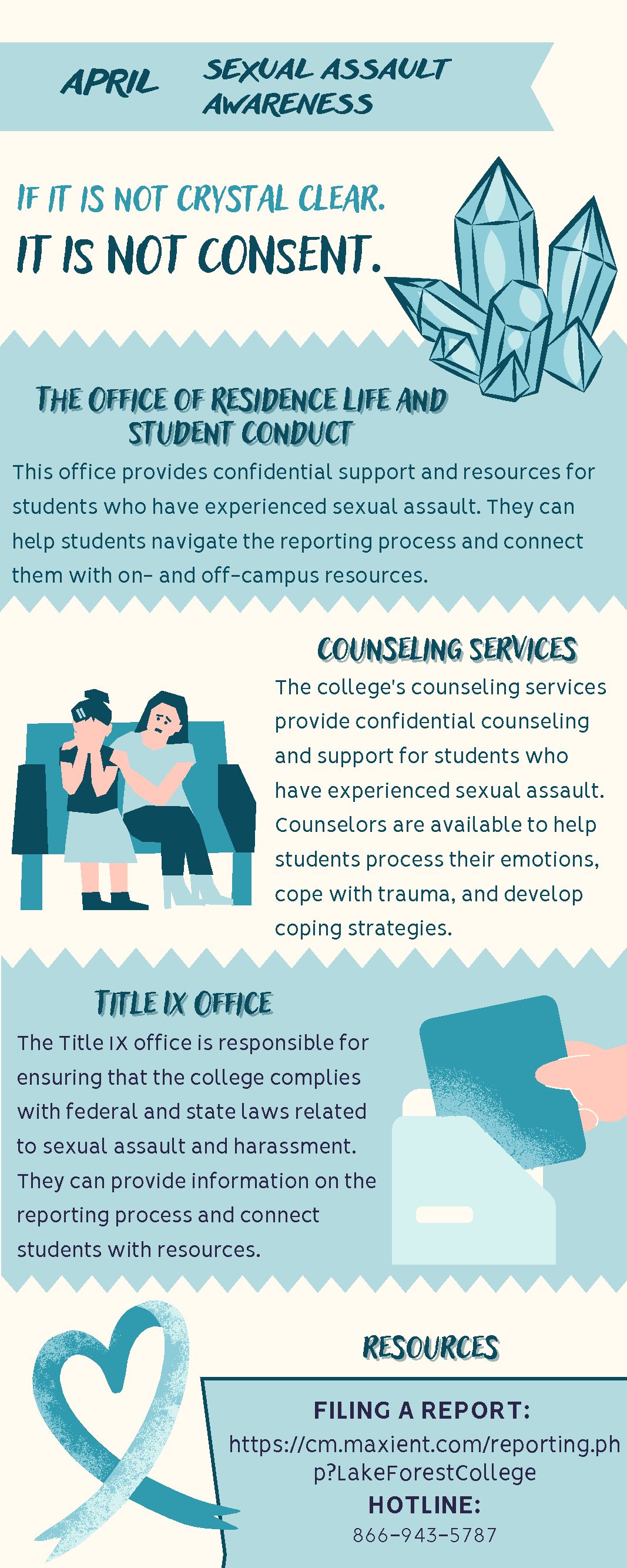The Article below was published in Vol. 135, Issue 2 of the Lake Forest College Stentor on October 18, 2019
By Emma Overton ‘22
Managing and News Section Editor
Lake Forest College hosted its first on-campus Humanities 2020 project event entitled “Environmental Justice After the Red Summer: Race and Urban Space in Chicagoland” in Calvin Durand Hall on October 11, 2019, making further use of a $1.1 million grant the College was awarded from the Andrew W. Mellon Foundation in February 2019.
While Anna Jones, professor of history and the Humanities 2020 project director at the College, explained in a recent interview with Stentor staff that “the grant and its associated faculty have previously contributed to other events off-campus, this was our first campus event,” the event’s flyer focused on the “Red Summer” of 1919, where race riots occurred in dozens of American cities, including Chicago, and described the afternoon event as a performance and workshop followed by a panel discussion.
The event began with the College’s Associate Professor of Theater Chloe Johnston and the Lake Forest College Theater Department hosting a performance by the Free Street Theater company, entitled Parched, a creation of the organization’s youth ensemble as a result of the ensemble’s investigation into the history of water injustices in Chicago and beyond.
Commenting to Stentor staff, Humanities 2020 Project Grant Coordinator Ryan Walters observed, “I am very excited that the Humanities 2020 Grant is exploring issues of racial and environmental justice with such wonderful collaborators from the Chicagoland area. The panel discussion was very insightful, and I was impressed by Free Street Theater’s performance and workshop. . .[in] point[ing] out to me how our personal experiences influence our relationship is to water, water rights, and the environment.”
The event concluded with a panel discussion entitled “Race and Environmental Justice,” moderated by Assistant Professor of Environmental Studies Brian McCammack, who noted that “environmental injustice at its base is about inequality.” This discussion provided an opportunity for representatives from four environmental justice organizations in Chicago and Lake County to address ways in which Chicago’s racial history continues to inform present and future environmental justice struggles.
Panelist Edith Tovar, a community activist with the Little Village Environmental Justice Organization (LVEJO), explained LVEJO advocates for a primarily Mexican population in the Little Village neighborhood of Chicago. She told of her group “shut[ting] down a neighborhood coal-fired power plant,” and she noted that her group’s “next campaign will focus on diesel pollution of truck traffic from the influx of distribution centers for companies such as Amazon.”
Panelist and Clean Power Lake County Co-Chair Eileen Shanley-Roberts noted her group “covers an area 40 to 70 percent Latino and is home to five U.S. EPA Superfund sites.” Aiming to close the Waukegan coal-fired power plant, but wanting to ensure “a just transition for the workers and a movement toward clean energy,” Shanley-Roberts noted that “the best way to take down a polluting corporation is to figure out what is going to cause them economic pain.”
Another panelist, Anton Seals, noted the mission of Grow Greater Englewood is “working with residents and developers to create sustainable food economies and green businesses to empower residents to create wellness and wealth [because] if you want to see what structural racism looks like, come to Englewood.”
Stating “theater shouldn’t be restricted to only those who can pay,” panelist and Free Street Theater’s Katrina Dion described her company’s work as “. . . bringing its performances to communities on the South and West sides of the city.”
When McCammack asked the panel how the “persistent patterns of segregation” affect their work in their communities, Dion responded, “how does it not?” while Shanley-Roberts characterized the attitude of affluent whites who, she says, “often claim we know how to fix you” as being an “incredibly destructive narrative to communities of color [because their assumptions] almost always [result in their] assum[ing] white superiority.”
When student Claire Grebner ’20 of Lake Villa, Illinois, asked the panelists to explain how they each work to make environmental justice issues relevant in their communities, Shanley-Roberts responded that “in Waukegan, while the health impacts of the coal-fired power plant are very visible, we work to engage community members so they can educate others.” Tovar noted: “Just as in Waukegan, the environmental issues in Little Village are right outside of people’s doors, so much so that high school students experience ‘Environmental Justice 101,’ first hand, which, in turn, helps them educate their community.”
Qualifying the remarks of Shanley-Roberts and Tovar, Seals noted that all impoverished areas are not the same. “There is [a] need to work against the deep level of apathy in Englewood to make environmental justice issues relevant.”
Event attendee Audrey Bailey ’22, of Monterey, California, told Stentor staff that she “enjoyed learning about how race and the environment are interconnected from many perspectives.”
Emma Overton can be reached at overtoneg@mx.lakeforest.edu



